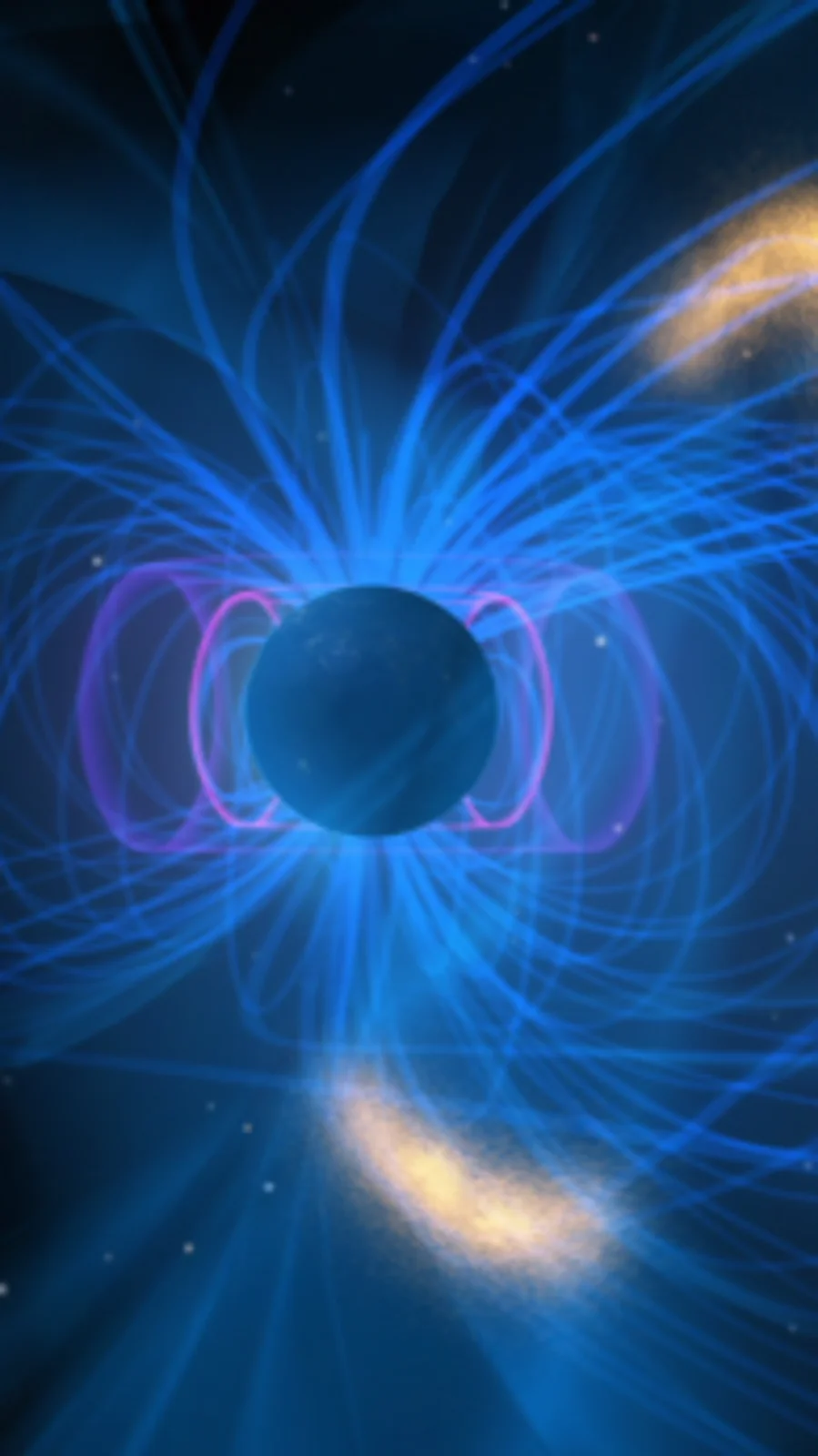
The South Atlantic Anomaly: NASA Sounds the Alarm on Earth’s Shifting Magnetic ‘Bermuda Triangle’
NASA is closely monitoring the South Atlantic Anomaly (SAA), a region of weakened magnetic field above South America and the Atlantic Ocean. Dubbed the 'Bermuda Triangle of Space,' this anomaly poses significant risks to satellites and spacecraft, highlighting the dynamic and complex nature of Earth's magnetic field.
The SAA is not a new phenomenon, but its evolving characteristics are raising concerns. According to multiple reports, the anomaly is drifting northwest, expanding in surface area, and, most alarmingly, splitting into two distinct lobes. This bifurcation creates additional hazardous zones for spacecraft and complicates predictive modeling, making it more challenging for scientists to protect orbital assets.
Why is this happening? The SAA is linked to the geodynamo, a complex process deep within Earth's outer core where the movement of molten iron and nickel generates the magnetic field. The tilt of Earth's magnetic axis and the presence of the African Large Low Shear Velocity Province disrupt this process, creating a 'pothole' in our planet's magnetic shield, as described by Weijia Kuang from NASA's Goddard Space Flight Center.
This weakened magnetic field allows high-energy particles from space, particularly protons, to penetrate closer to Earth's surface. Satellites passing through the SAA are at risk of single event upsets (SEUs), which can cause temporary malfunctions, data corruption, or even permanent damage. As Sakshi Sah points out, satellites may even 'lose data or stop working for a bit. It’s like flying through a space storm.'
To mitigate these risks, satellite operators often shut down non-essential systems when traversing the anomaly. The International Space Station (ISS) also experiences the SAA during each orbit. While the ISS shielding protects astronauts, external instruments are more vulnerable, leading to occasional glitches and data loss.
NASA utilizes a combination of satellite data and core dynamic simulations to better understand and anticipate the SAA's evolution. These models, including the International Geomagnetic Reference Field (IGRF), are crucial for mission planning and for gaining a deeper understanding of Earth's internal structure. This approach is similar to weather forecasting, but on timescales of years and decades.
Although the current evolution of the SAA is unprecedented in the space era, geological records suggest similar anomalies have occurred throughout Earth's history. Scientists emphasize that the SAA is not necessarily a precursor to a magnetic pole reversal, a rare event unfolding over hundreds of thousands of years. Nevertheless, monitoring the SAA remains critical for protecting our space-based technologies and expanding our knowledge of the forces shaping our planet.
The South Atlantic Anomaly presents an ongoing challenge and an intriguing area of research. As the anomaly continues to evolve, will its effects on space technologies intensify, or will advances in predictive modeling and shielding provide adequate protection? Share your thoughts and concerns in the comments below.